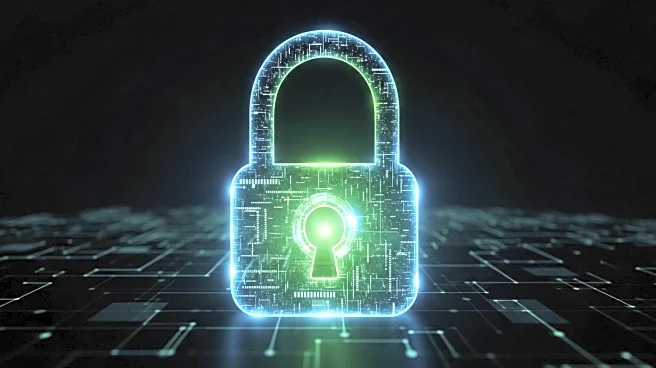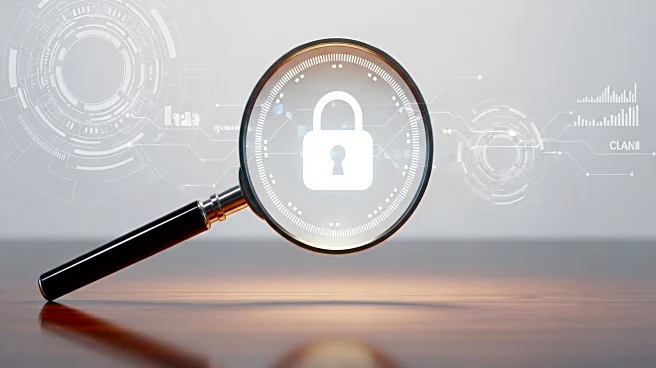What's Happening?
Fortinet devices, along with those from Cisco and Palo Alto Networks, have been targeted in a coordinated cyberattack campaign, according to threat intelligence firm GreyNoise. The attacks are characterized by elevated activity and originate from the same infrastructure, suggesting a potential vulnerability disclosure within six weeks. GreyNoise has observed spikes in Fortinet VPN brute force attempts, which are typically followed by vulnerability disclosures. The firm advises blocking all IPs involved in brute forcing Fortinet SSL VPNs and recommends hardening defenses for firewall and VPN appliances.
Why It's Important?
The coordinated attacks on Fortinet, Cisco, and Palo Alto Networks devices highlight the ongoing vulnerabilities in cybersecurity infrastructure, particularly in firewall and VPN products. This situation underscores the need for robust security measures and proactive vulnerability management to protect sensitive data and maintain network integrity. Organizations using these products may face increased risks of data breaches and cyber espionage, potentially leading to financial losses and reputational damage. The broader impact on U.S. industries includes heightened cybersecurity threats and the necessity for increased investment in security technologies.
What's Next?
Organizations using Fortinet, Cisco, and Palo Alto Networks devices should anticipate potential vulnerability disclosures and prepare for necessary security updates. Cybersecurity firms and affected companies may increase monitoring and defensive measures to mitigate risks. The industry may see a push for improved security protocols and collaboration among vendors to address shared vulnerabilities. Stakeholders, including government agencies and cybersecurity experts, may engage in discussions to enhance national cybersecurity strategies and policies.
Beyond the Headlines
The coordinated nature of these attacks suggests a sophisticated threat actor, possibly with geopolitical motives. The implications extend beyond immediate security concerns, potentially affecting international relations and prompting discussions on global cybersecurity cooperation. The ethical dimension involves balancing transparency in vulnerability disclosures with the risk of exploitation by malicious actors.










